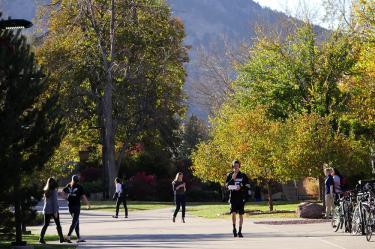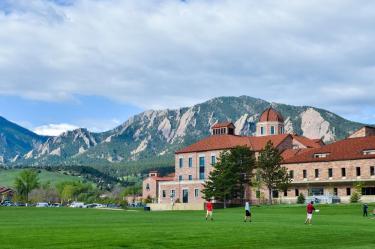Partners in Crime: Schools, Neighborhoods and the Formation of Criminal Networks
Deming, D. J., Billings, S. B., & Ross, S. (2016). Partners in crime: Schools, neighborhoods and the formation of criminal networks. ().National Bureau of Economic Research. doi:10.3386/w21962
Why do crime rates differ greatly across neighborhoods and schools? Comparing youth who were assigned to opposite sides of newly drawn school boundaries, we show that concentrating disadvantaged youth together in the same schools and neighborhoods increases total crime. We then show that these youth are more likely to be arrested for committing crimes together – to be “partners in crime”. Our results suggest that direct peer interaction is a key mechanism for social multipliers in criminal behavior. As a result, policies that increase residential and school segregation will – all else equal – increase crime through the formation of denser criminal networks.







